We Have One Nuke-Building Facility. It's Almost on Fire.
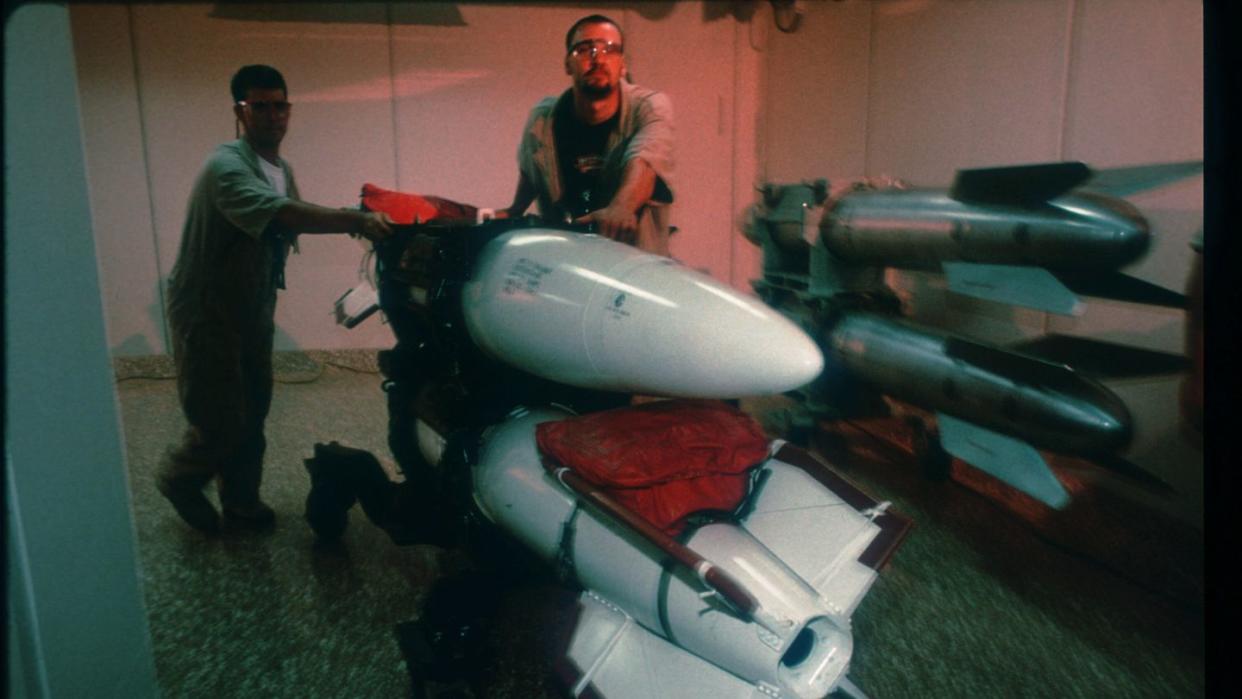
A major fire has consumed more than 90,000 acres and is burning out of control northwest of Amarillo, Texas.
The fire is also a short distance from the Department of Energy’s infamous Pantex Plant.
Pantex is the only site in America dedicated to assembling and disassembling nuclear weapons, and its loss would be a severe setback.
One of the US government’s most important national security facilities is under threat from nature itself. The Pantex Plant, which builds, refurbishes, and disassembles nuclear weapons, is in the path of an advancing wildfire threatening the Texas panhandle. The loss of the Pantex facility—the only one of its kind—would cripple America’s ability to refurbish and rebuild existing nuclear weapons, and to make new ones in the event of an emergency.
Deep in the Heart of Texas
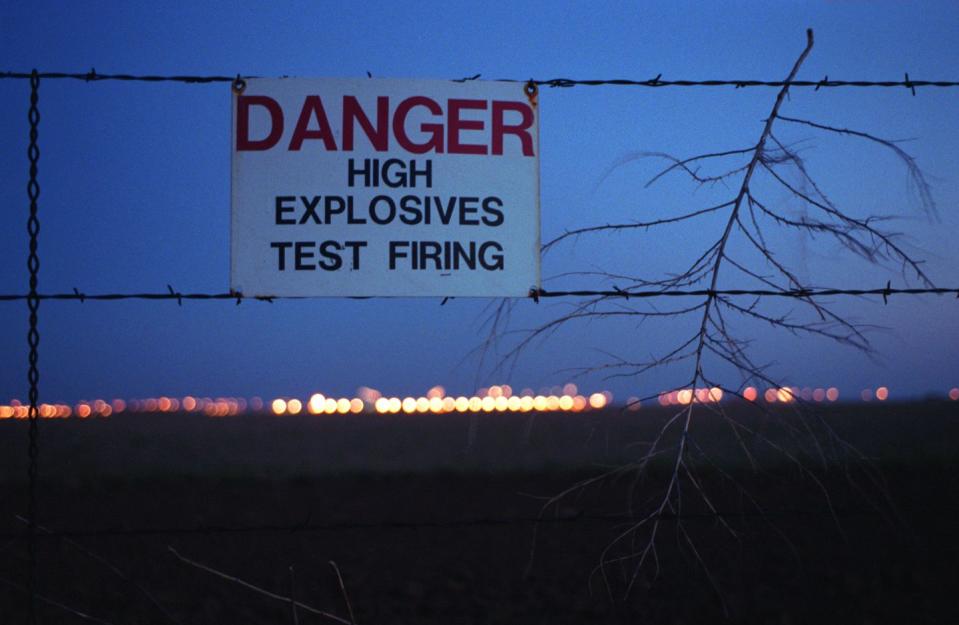
The Pantex Plant is located just outside of Amarillo, Texas. It is part of the National Nuclear Security Administration, which is in turn\\ part of the Department of Energy. It is managed and operated by Consolidated Nuclear Security, LLC. The site has 650 buildings on a sprawling 18,000 acres of Texas prairie. The site employs 4,200 full time employees.
Pantex was founded in 1942 as the Pantex Ordnance Plant—a site producing conventional, high explosive munitions for the war effort. Pantex manufactured over four million bombs and shells over the course of the war, ceasing operations just a day after the surrender of Imperial Japan. In 1951, the federal government took over the land with an eye towards manufacturing nuclear weapons, and by 1975, it was the primary facility for the production of U.S. nuclear weapons.
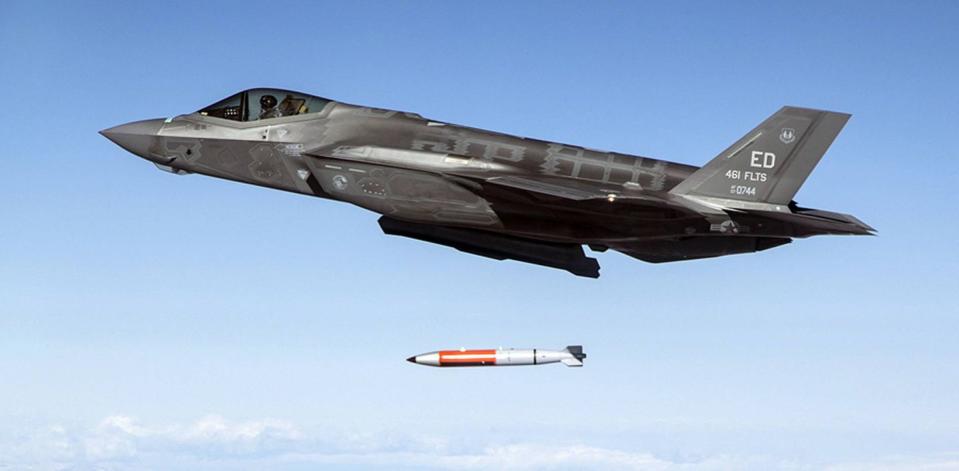
Pantex built its last nuclear weapon from scratch in 1991, the year the Soviet Union collapsed. The plant has kept busy maintaining the existing nuclear stockpile, ensuring the safety of deployed nuclear weapons and nuclear weapon designs, disassembling weapons deemed no longer necessary, and modifying existing ones. Two such recent modifications are the B61-12 nuclear gravity bomb (carried by the F-35 Lightning II and the B-2 stealth bomber), and the W-76-2 warhead (a lower explosive yield variant of the W-76 warhead fitted to the Trident II D-5 submarine launched ballistic missile). Both were modifications of existing weapons, rebuilt or tweaked for new requirements. The next project is likely the B61-13 gravity bomb, rebuilt from older B61-7 bombs.
Wildfire
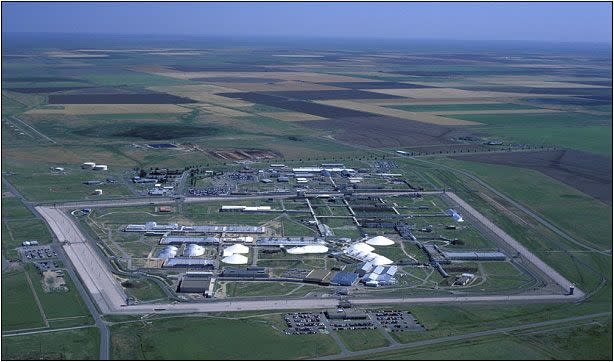
The need to safeguard nuclear materials makes Pantex one of the most heavily guarded facilities in the world, with security provided by elite Federal Protective Forces SWAT teams. Ironically, despite threats to the plant including nuclear attack, terrorists, saboteurs, and anti-nuclear protesters, the greatest danger to the plant in 73 years is a fire that is steadily bearing down on it.
The fire, nicknamed the Windy Deuce, has burned 90,000 acres and is only 25 percent contained. The fire has spread ever-closer to Pantex, according to the Texas A&M Forest Service, and has reached just three miles north of the plant. The plant evacuated nonessential staff Tuesday “out of an abundance of caution,” but declared Wednesday a regular work day. In a post on Facebook, the plant declared that all “weapons and special materials are safe and unaffected.”
Will the Nukes Explode?
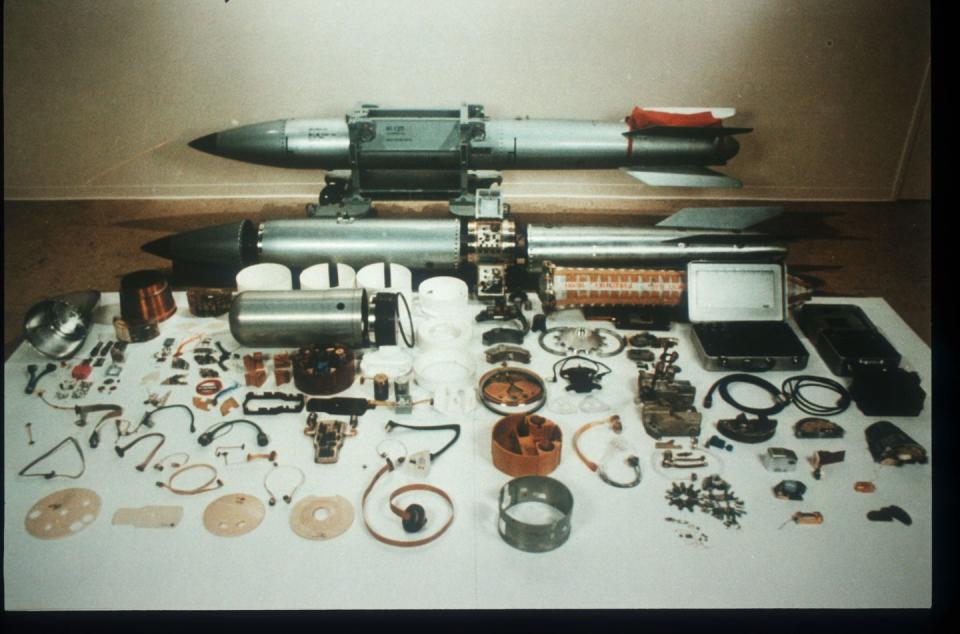
In the event that the fire reaches the plant, there is no chance that any of the nuclear weapons could explode. Regular, high explosive bombs could be detonated by a fire, but nuclear weapons are something else entirely. The nature of nuclear weapons means that fire would not cause them to go “boom”.
Nuclear weapons use a certain amount of high explosives to compress the fissile material and cause it to go supercritical, but these explosives are likely kept separate from the rest of the bomb assembly until deployed in the field. Nuclear weapons also use what are termed “insensitive” high explosives—explosives that do not explode if exposed to bomb shrapnel, shock, or fire.
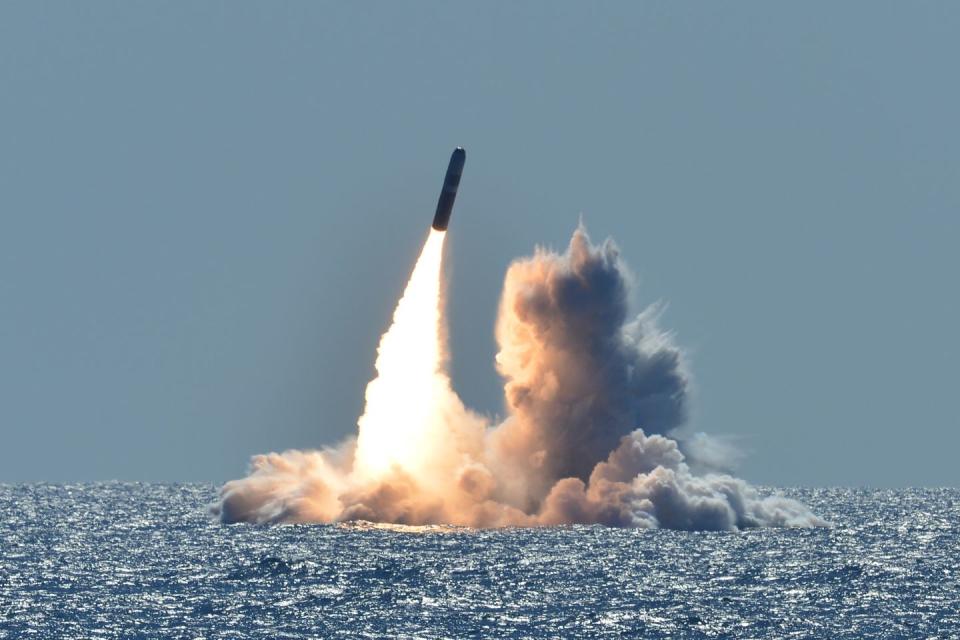
Severe damage or loss of the plant would be devastating to the U.S. nuclear stockpile. The machinery used to build and even disassemble nuclear weapons are unique to the field, and equipment at Pantex might not exist anywhere else in the world. While the loss of the plant might not have any immediate effect on nukes in the field, conversion of older weapons into the B61-12 and W-76-2 would be held up by the loss of likely the only nuclear facility of its kind in the United States.
The Takeaway
As of this writing, Pantex officials state there is “no immediate wildfire threat” to the facility. The loss of the Pantex plant to fire would be a classic “Black Swan”—an event with enormous consequences (in this case, for U.S. national security) that was previously unforeseen, but in hindsight seemed inevitable. Despite the many human threats to the plant, the real threat seems to have been a danger that humans have lived with for tens of thousands of years: fire.
You Might Also Like

